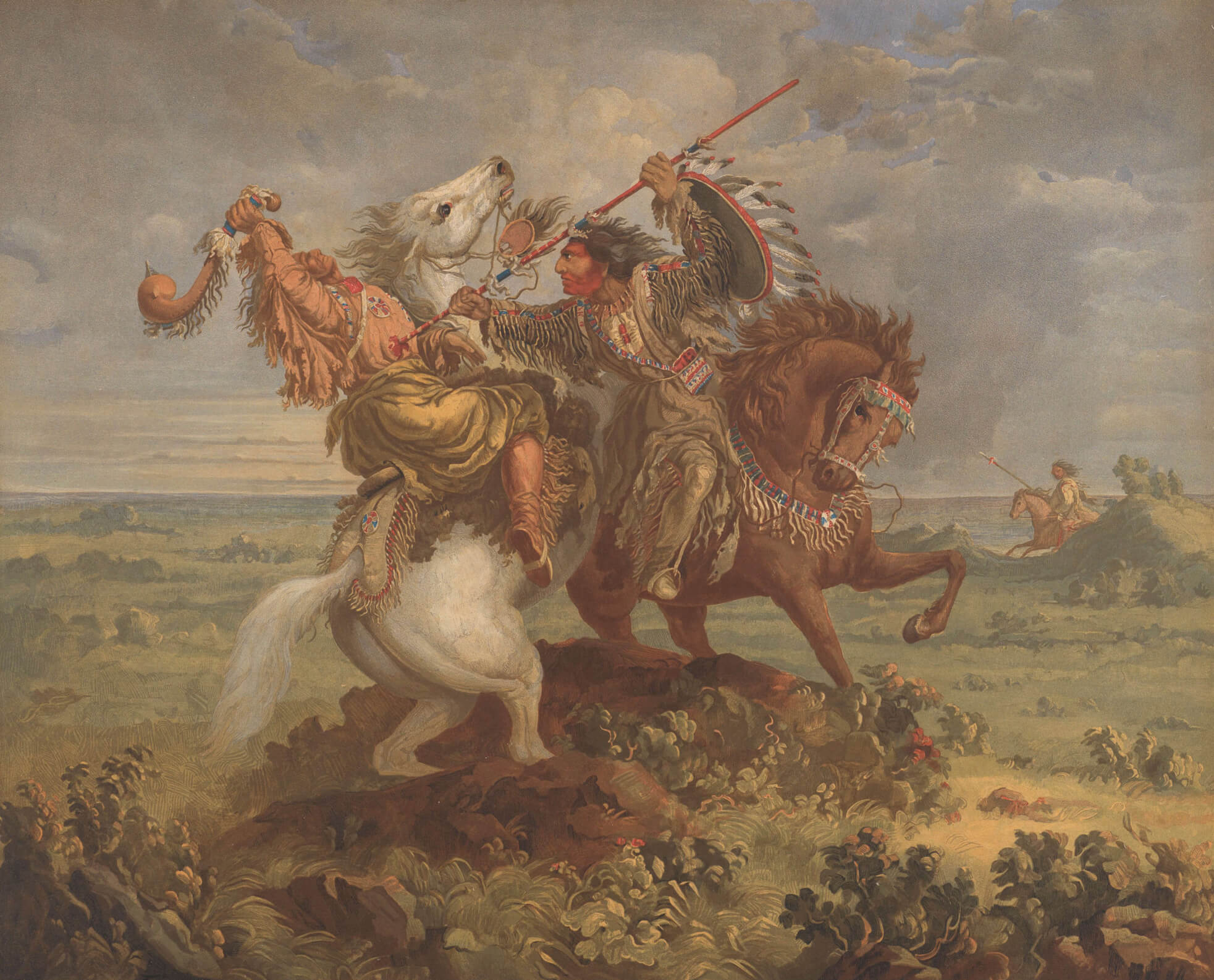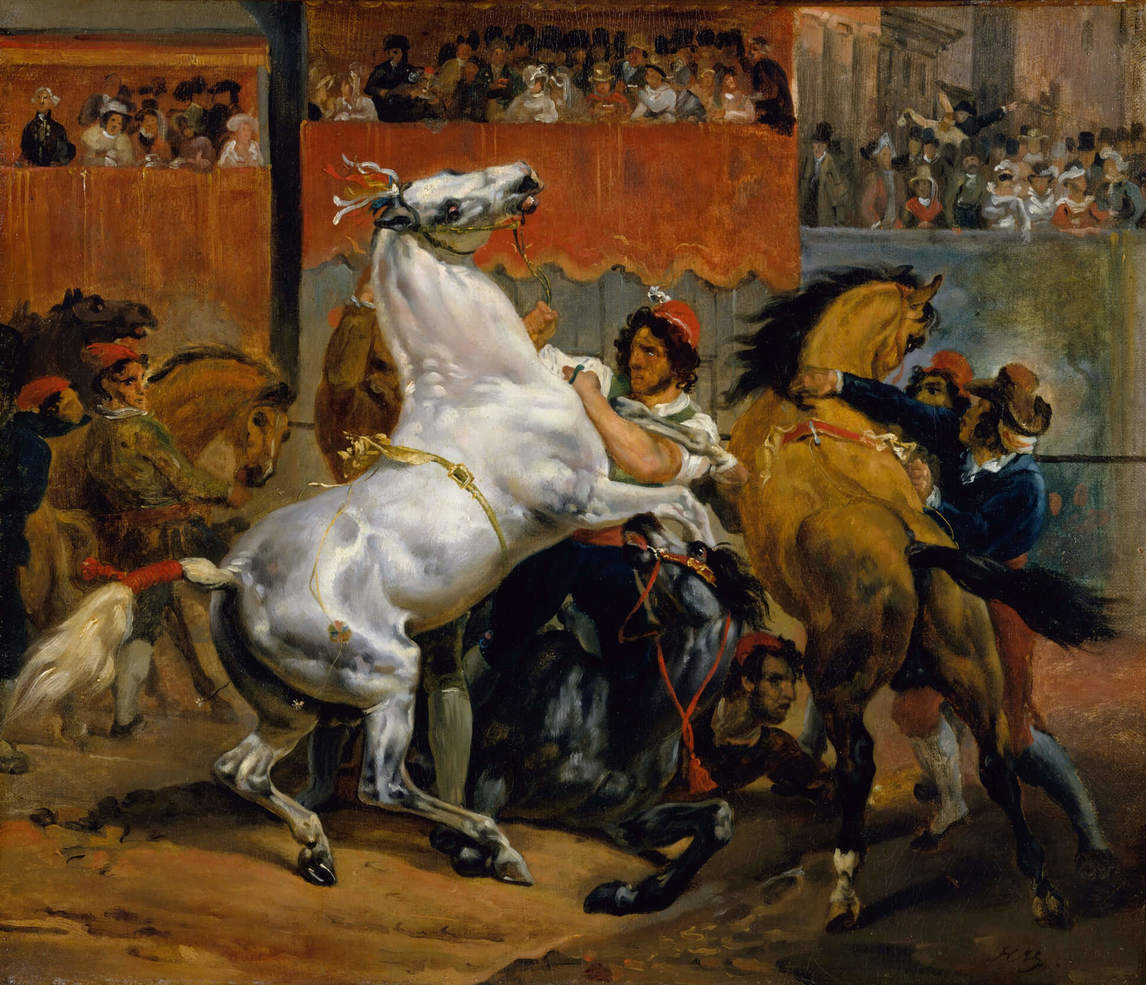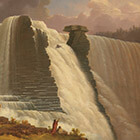The Death of Omoxesisixany 1860

Paul Kane, The Death of Omoxesisixany or Big Snake, 1860
Chromolithograph in seventeen colours, embossed and printed on wove paper, 37.5 x 46.3 cm
Royal Ontario Museum, Toronto
The Death of Omoxesisixany or Big Snake is a chromolithograph after Paul Kane’s painting of the same title, the only Kane painting to be mass-produced and marketed as a stand-alone print for framing. It was printed and published in Toronto in 1860 and no doubt underwritten by his patron, George William Allan. The subject matter was likely chosen by Allan, who seems to have considered the original painting one of Kane’s best, and its treatment points to an assumption of the urban audience’s interest in theatrical “exoticism.”

The subject is the death of the Blackfoot chief at the hands of a Cree warrior, an event Kane imagined, based on hearsay. There are no known preparatory drawings, but the brown horse’s headstall and the Cree warrior’s shoulder bag depicted in the image were inspired by items Kane had collected. One can imagine Kane in his studio, relying both on reproductions of European paintings—such as The Start of the Race of the Riderless Horses, c. 1820, by Horace Vernet (1789–1863)—and on his own collection of Aboriginal artifacts to create this striking painting of Canadian history.
The chromolithograph is remarkable for the degree to which it corresponds to the original painting in spatial relationships and in detail. It is doubtful, however, that Kane himself was actively involved in the lithographic process. The printers have been identified as Charles Fuller and Hermann Bencke, a Prussian immigrant. Fuller and Bencke’s superb workmanship is evident both in the embossed surface that creates texture and depth and in the extensive number of colours used; as a testament to this workmanship, the chromolithograph has been used as a reliable reference for the conservation of the original painting.

 About the Author
About the Author
 More Online Art Books
More Online Art Books
 Acknowledgements
Acknowledgements